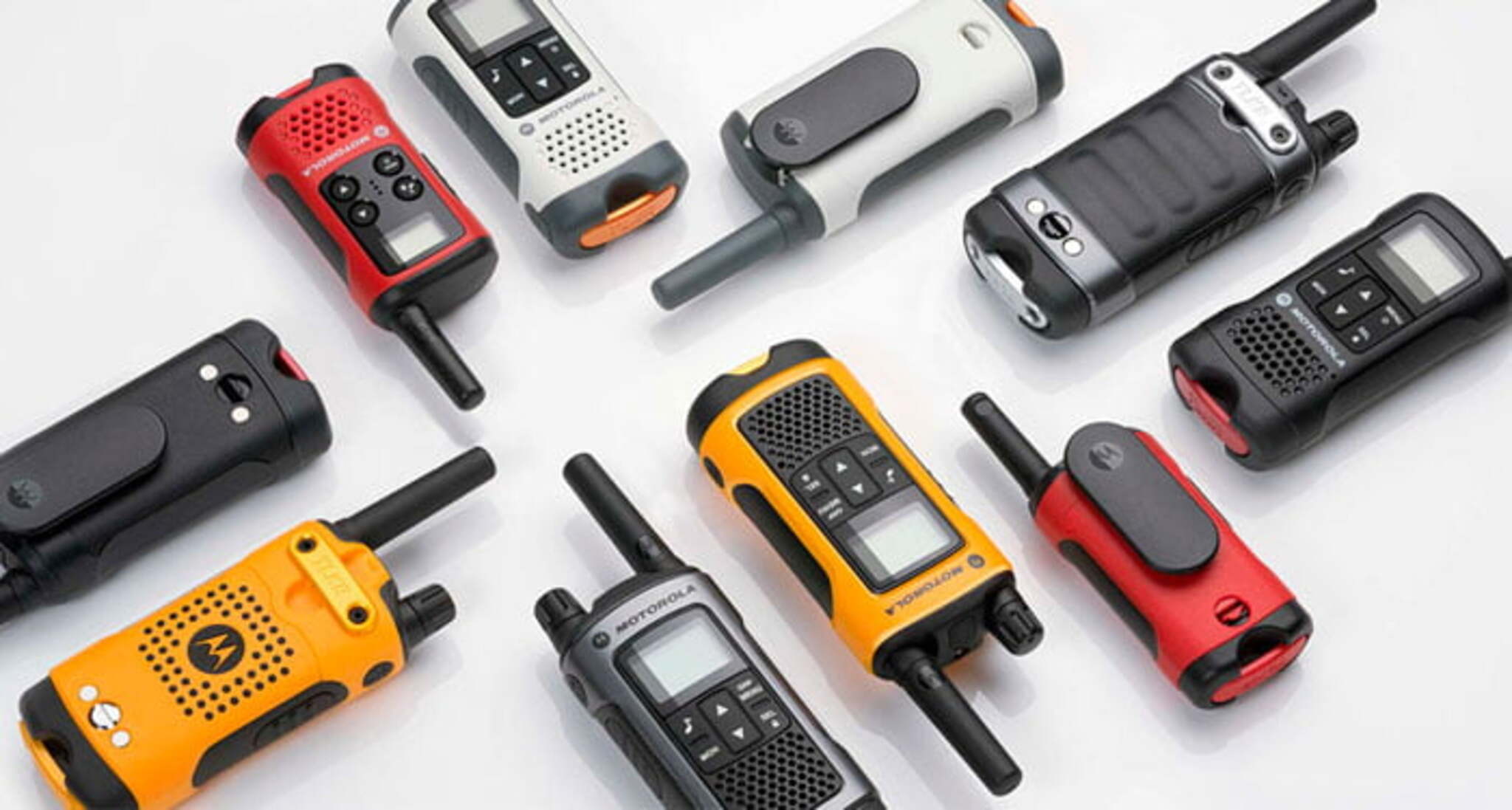
Explore Our Range of products in Two way Radios
Optic fiber cables
Optic fiber cables are high-speed data transmission cables that use light to carry signals through strands of glass or plastic fibers. They offer greater bandwidth and faster speeds compared to traditional copper cables, making them ideal for internet, telecommunications, and long-distance communication networks. They're also resistant to electromagnetic interference.
Armoured optic fiber cables are designed for added mechanical protection, making them ideal for outdoor and harsh environments where cables are exposed to potential physical damage. These cables typically contain 2 to 24 fiber cores, offering a balance between capacity and durability for medium-scale network installations such as campus networks, industrial sites, and outdoor telecom applications.

The construction includes optical fibers housed in gel-filled loose tubes or tight-buffered structures for moisture protection, a central strength member for structural integrity, and a metallic armouring layer—usually corrugated steel tape or wire—for resistance against rodents, impact, and crushing. This is all enclosed in an outer sheath, typically made of UV-resistant and water-resistant materials.
Armoured cables with 2 to 12 cores are commonly used in single-mode configurations for long-distance communication, while 24-core versions are ideal for higher bandwidth demands. Despite being more rigid than unarmoured cables, they are still relatively easy to install in underground ducts or direct burial applications. Their robust design ensures reliable performance in demanding conditions while safeguarding the optical fibers from environmental and mechanical stress.
Unarmoured optic fiber cables are lightweight, flexible, and designed primarily for indoor or protected environments where mechanical protection is not a major concern. These cables consist of one or more optical fibers (ranging from 2 to 144 cores) enclosed within a central strength member, surrounded by a buffer tube, water-blocking elements, and an outer sheath, typically made of LSZH (Low Smoke Zero Halogen) or PVC material.

The fiber core count varies based on application needs—2 to 24 core cables are commonly used in enterprise networks, FTTH (Fiber to the Home), and small-scale telecom projects, while 48 to 144 core cables are suited for data centers, backbone networks, and high-density communication infrastructures. The fibers inside can be single-mode for long-distance high-speed communication or multi-mode for shorter-range applications.
Unarmoured cables are easier to handle, install, and terminate due to their reduced weight and flexibility. However, since they lack a metallic armoring layer, they are best deployed in ducts, conduits, or indoor pathways where physical damage risk is minimal. They provide excellent performance in terms of signal integrity and bandwidth, making them a reliable choice for modern high-speed data networks.
Address:
Office:Dubjibund Maisuma, Srinagar, JK-190001
Shop: Qureshi Building, Budshah Chowk Srinagar,JK-190001
Email:
support@jaycoelectronics.in
Phone/Whatsapp
+91-9149995327
